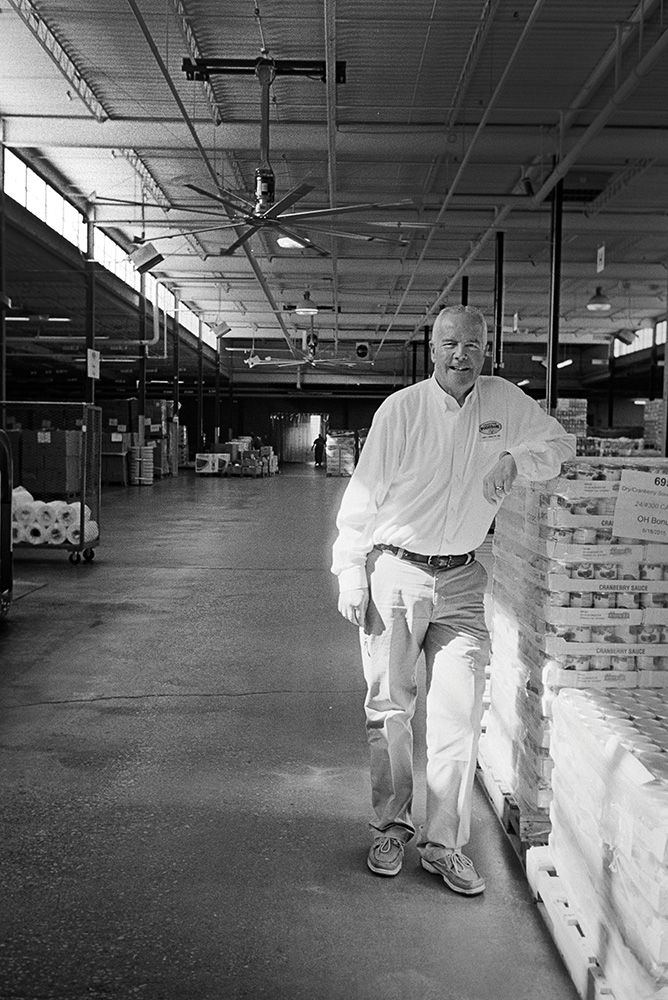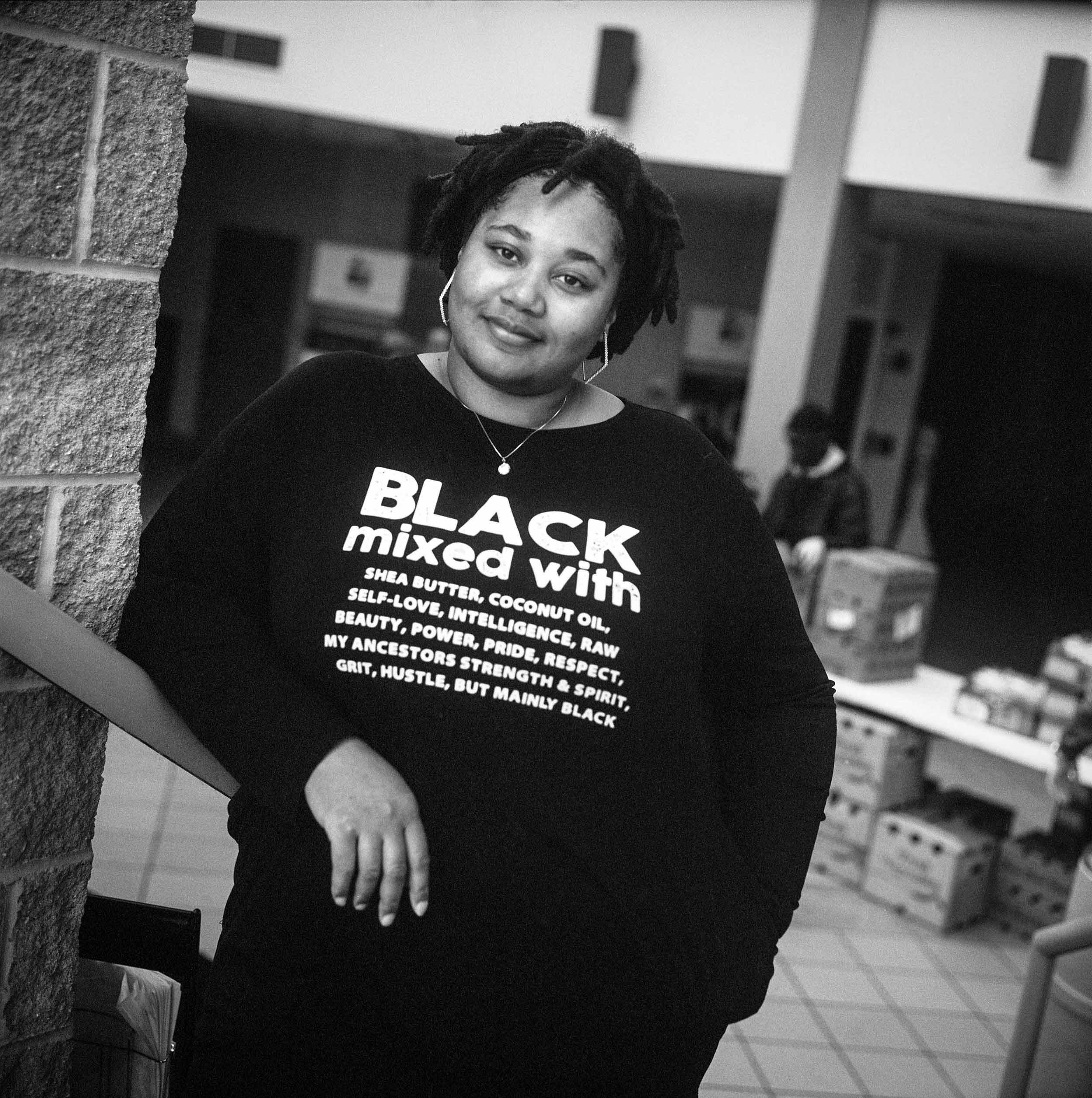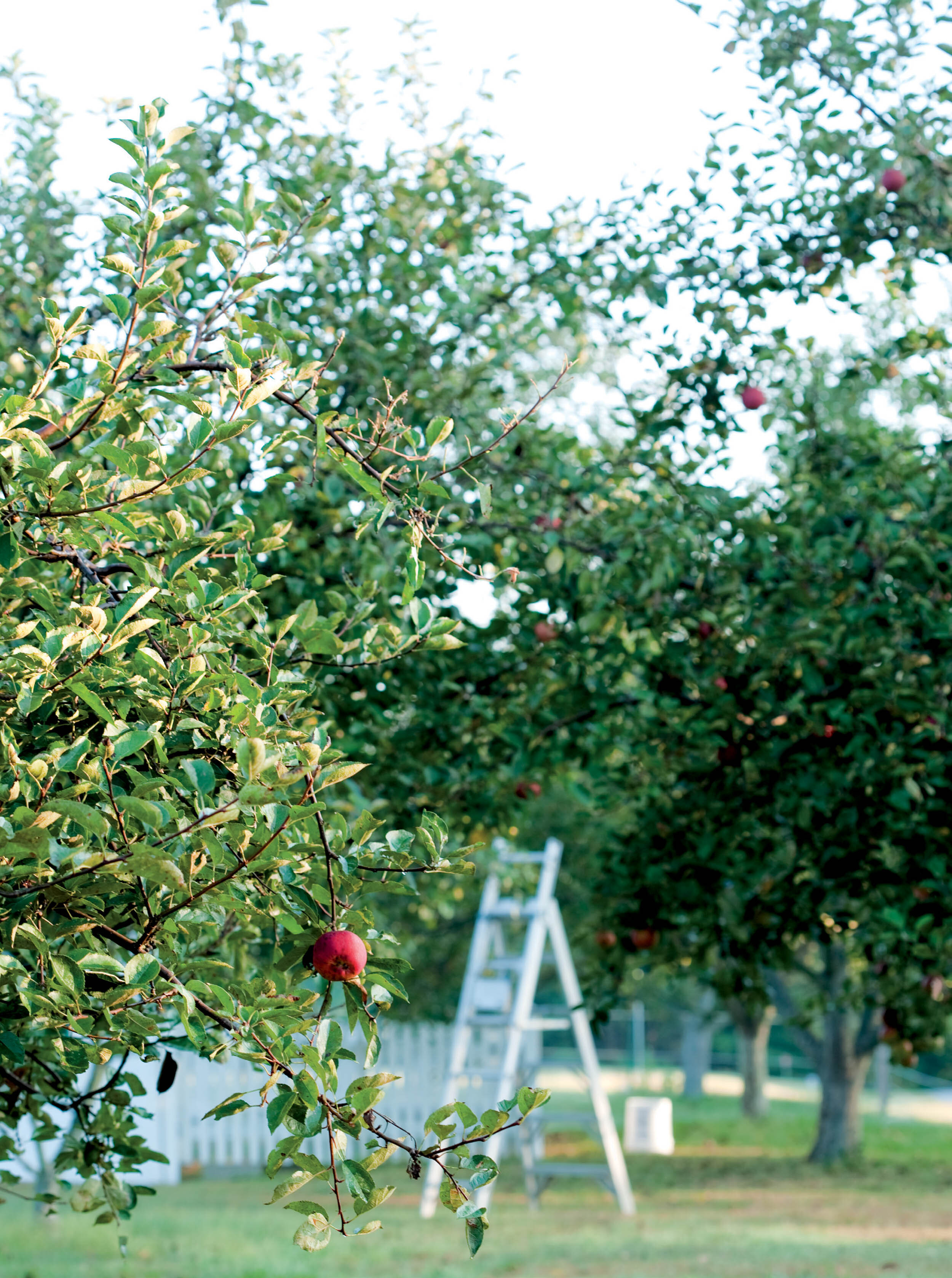Kurt Reiber

The Freestore Foodbank CEO gets emotional talking about serving hungry families through a regional network of 250 food pantries—during the holidays and year ‘round.
Interview by Bryn Mooth
Photo by Michael Wilson
STATS
Born: 1957, Cleveland
Lives in: Wyoming
Marital status: Married to Karen, 3 children
Career: Deep, family-inspired commitment to nonprofit service led Reiber to involvement with United Way, Hamilton County Special Olympics, local schools, and church. Left senior position at Key Bank in 2001 to become Freestore Foodbank CEO, after serving on the organization’s board chair for 4 years.
Folks think of Freestore Foodbank around Thanksgiving and Christmas. What does your work look like the other 363 days of the year?
We just came off our most challenging time during the past summer; we saw a 30% increase in demand at our pantries because of school being out. Eight out of 10 children we serve are eligible for free or reduced-price lunch at school, and often that means breakfast, too. When they’re not in school, they’re not getting fed.
What does hunger look like in the Ohio Valley?
All of us grew up looking at National Geographic and seeing pictures of kids with bloated bellies from malnutrition. But here, hunger is a little third-grader in Pendleton, KY, sitting with his buddies at lunch on Friday afternoon, pulling all his buddies’ trays together and scooping all their leftover food into his socks. When the teacher asked him why, he said, “I get a Power Pack every Friday to take home, but there’s not enough to share with my brother and sister.” Hunger is the gentleman in line at the Kroger checkout who has to send his son out to get change out of his glove box to try to get enough to pay the bill.
What are the common misperceptions about food insecurity among our neighbors?
The biggest is that the families are lazy, that they don’t want to work, that they feel entitled. That’s the farthest thing from the truth. People don’t come here every week; they come four or five times a year, when the car’s broken down or a kid is sick. They spend money on emergencies that they’d otherwise spend on food.
How can we connect the dots between farms and needy families?
In Ohio, we’re doing that in spades: We receive $22 million every year through the Ohio Ag Clearance Program, which we use to purchase seconds from Ohio farmers, like eggs that aren’t the same size or 3-foot long zucchini. And we purchase more than 3 million pounds of fresh produce from Kentucky farmers.
What’s a favorite childhood food memory?
During the holidays, my parents opened our house to the entire family, to get together and share a meal and conversation. When someone comes into your house, you ask, “Can I get you something?” That’s what happens when our neighbors come into our food pantries. We ask, “Do you need something to eat?” The conversation continues and people share what has brought them here.





